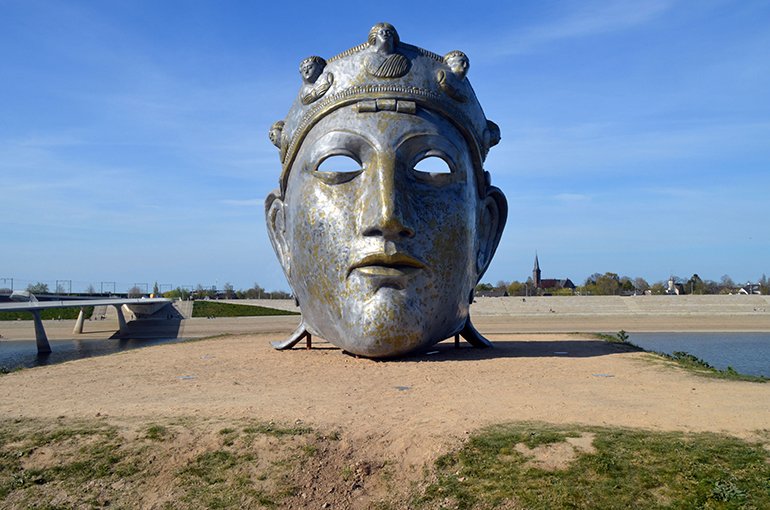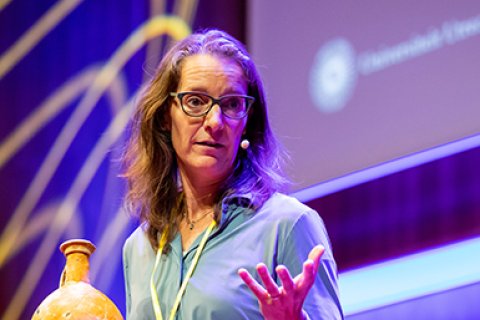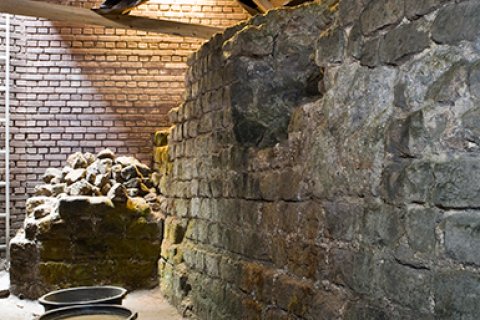What does the Roman limes tell us about the impact and functioning of borders?

How do borders work? And, how do borders impact the lives of people living in a border zone? These questions will be answered by a consortium led by ancient historian and archaeologist Dr Saskia Stevens. The research is made possible by a grant of 4.1 million euros from the National Science Agenda (Nationale Wetenschapsagenda). To answer these questions, they will look at the best-known and perhaps oldest border in history: the limes, the border of the Roman Empire that ran straight through the Netherlands. Stevens and her team will be able to place the Roman border in a new perspective.
Traces in the soil

Unique in this project is the integration of insights from the humanities, exact sciences and archaeology. "This allows us to continue to innovate," explains Stevens.

"For example, archaeologist Dr Gertjan Plets will apply the latest methods from ecological genetics (eDNA) to give us a better understanding of eating patterns and diseases in ancient times. Just as sewer measurements are used nowadays to detect corona virus particles, we can now also document old genetic traces in the soil to map the population dynamics back then. This is revolutionary not only in Europe, but worldwide.’’
This is all very exciting - we are going to research a future World Heritage site! We will be at the forefront of the development of new techniques that will eventually give us an insight into migration and diseases in ancient times. That is the core of the NWA: different disciplines and the public will work together.

Living past
In addition, art historian Prof Koen Ottenheym and cultural historian Prof Jaap Verheul will investigate how our obsession with Romans and Batavians over the past 500 years has contributed to our understanding of borders and cultures. Together with a detailed archaeological perspective, this critical look at the selective remembrance of the heritage of antiquity can help us to strengthen the public profile of the limes as the latest World Heritage site in the Netherlands.
Debates about borders and migration
Utrecht University will not face this challenge alone. The public will play an important role in the research, both in investigating and processing archaeological finds and in the outreach: for example, there are plans for a documentary series for television and there will be a national exhibition. There is also close cooperation with scientists from VU University Amsterdam and Wageningen University to reconstruct human mobility in the past. Archaeologists from the Saxion University of Applied Sciences and the citizen science PAN project of the VU Amsterdam will map out the archaeology of the border landscape in detail. And in collaboration with the Nijmegen Centre for Border Research of Radboud University, the project will investigate the legacy and interpretation of Roman times and the influence it had on our contemporary view on territories, borders and migration.


